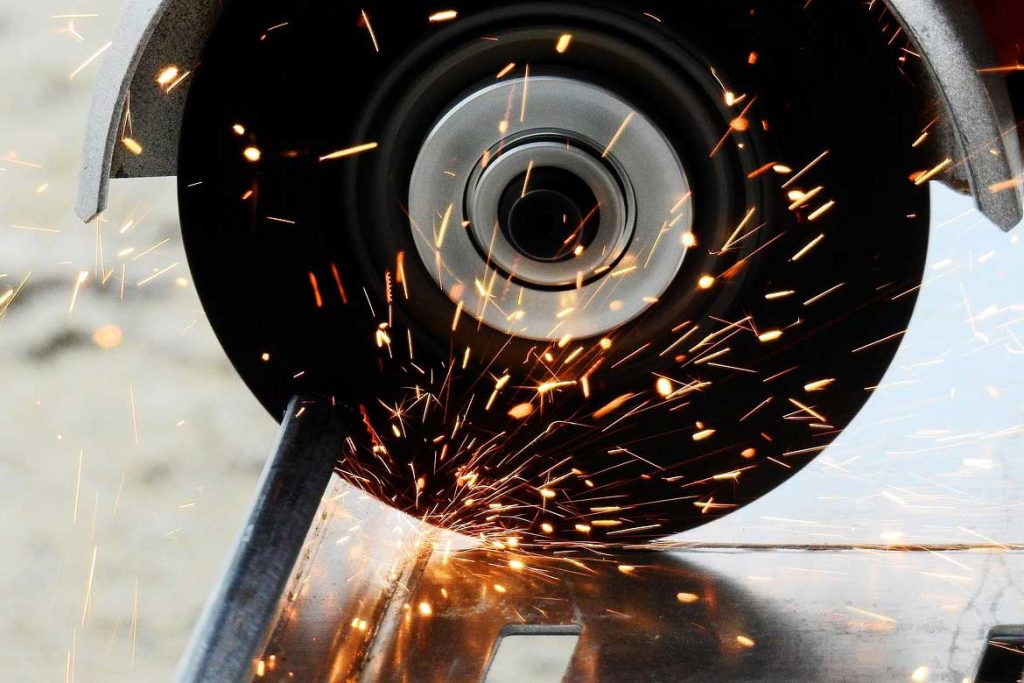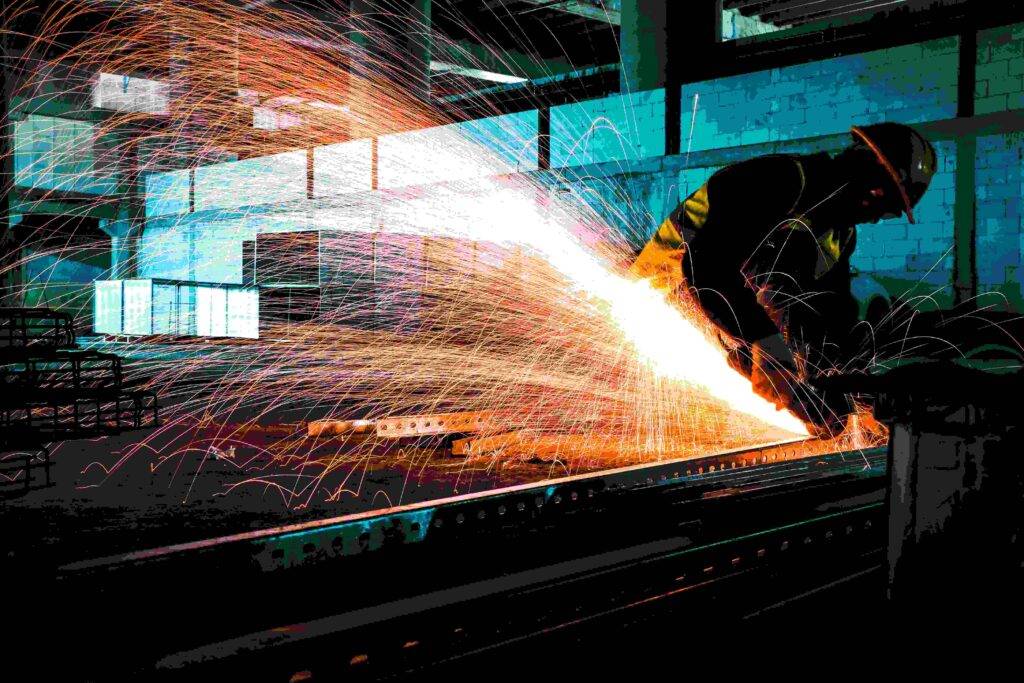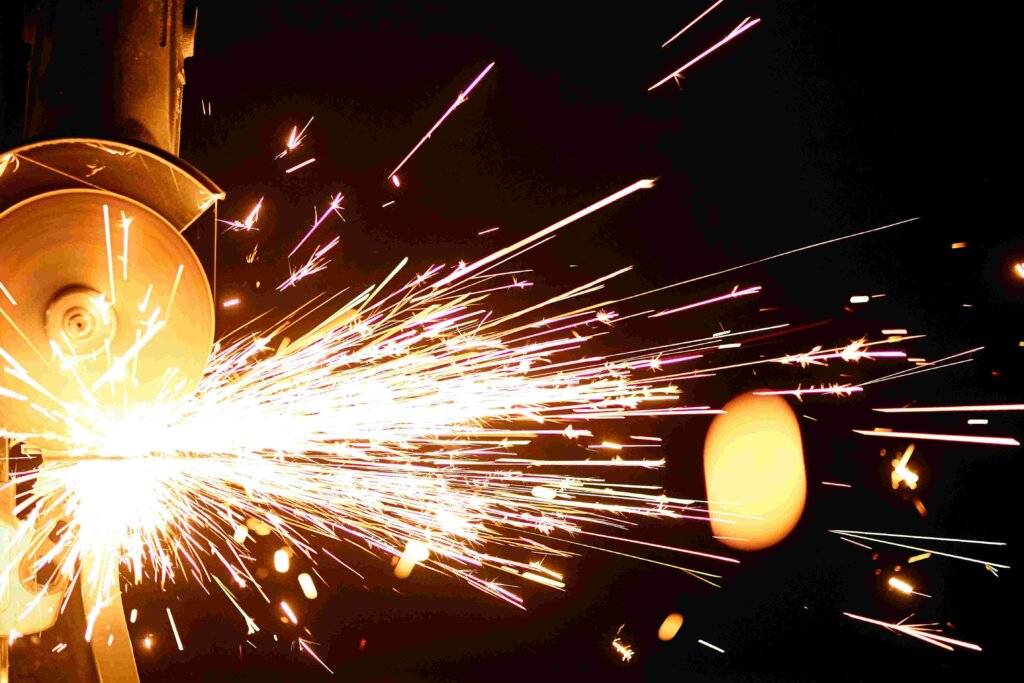Angle grinders are powerful and versatile tools that are commonly used in various industries such as construction, metalworking, and woodworking. With their ability to cut, grind, and polish a variety of materials, they have become an essential part of many jobsites and workshops. However, along with their usefulness, angle grinders also pose significant dangers that can result in severe injuries and even death. According to a study by the US Consumer Product Safety Commission, there were over 25,000 angle grinder-related injuries in 2018, with the majority of them being lacerations and amputations. These numbers highlight the need for proper training and caution when using this tool. In this article, we will delve into the potential hazards of angle grinders, including the most common types of injuries, the contributing factors, and the safety measures that should be taken to prevent such accidents. By understanding the dangers associated with angle grinders, we can mitigate the risks and ensure a safe and productive work environment. So, whether you are a professional tradesperson or a DIY enthusiast, it is crucial to be aware of the angle grinder dangers and take necessary precautions to protect yourself and those around you.
Always wear proper safety gear.
To ensure a safe working environment and minimize the risk of accidents, it is crucial to always don the appropriate safety gear when operating power tools such as angle grinders. Proper safety gear acts as a protective barrier between the operator and potential hazards, mitigating the severity of injuries in case of an incident. This includes but is not limited to safety glasses or goggles to protect the eyes from flying debris, a face shield to shield the face from sparks or fragments, sturdy work gloves to safeguard the hands against cuts and abrasions, and hearing protection to minimize the impact of prolonged exposure to loud noise. By prioritizing the use of proper safety gear, workers can significantly reduce the likelihood of injury and maintain a secure working environment.
Avoid using near flammable materials.
To further enhance safety precautions, it is imperative to avoid using angle grinders near flammable materials. The high-speed rotating disc of an angle grinder produces sparks and heat, presenting a potential ignition source when in close proximity to flammable substances. These sparks can easily ignite combustible materials, leading to fire hazards and serious accidents. Therefore, it is crucial to carefully assess the working area and remove any flammable materials or ensure they are stored in a safe distance away from the grinding operation. By conscientiously avoiding the use of angle grinders near flammable materials, the risk of fire incidents can be effectively minimized, ensuring a secure and hazard-free working environment.
Keep a firm grip at all times.
Maintaining a firm grip on the angle grinder at all times is essential for ensuring safe and effective operation. The powerful motor and rotating disc of an angle grinder can generate significant vibrations, which can make it challenging to control the tool. A loose or insufficient grip increases the risk of the grinder slipping or being thrown out of control, potentially causing serious injuries. By firmly gripping the handle and maintaining a stable stance, operators can maintain control over the tool and minimize the likelihood of accidents. Additionally, using both hands to operate the grinder and keeping a steady grip promotes better precision and accuracy, leading to more precise results and reducing the risk of unintended damage or harm.
Use only on recommended materials.
It is crucial to only use an angle grinder on recommended materials to ensure safety and optimal performance. Using the tool on improper materials can result in damage to both the grinder and the material being worked on, and may increase the risk of accidents or injuries. The manufacturer’s guidelines and instructions should always be followed when selecting the appropriate materials for grinding or cutting. Using the angle grinder on materials that are too hard, brittle, or not intended for this type of tool can lead to excessive heat, blade breakage, or other hazardous situations. Adhering to the recommended materials ensures that the angle grinder operates smoothly and efficiently, while minimizing potential risks associated with improper usage.
Unplug and store correctly after use.
After completing any task with an angle grinder, it is essential to prioritize safety by unplugging the tool and storing it correctly. This step helps prevent any accidental activation or misuse of the grinder when not in use. Unplugging the grinder from the power source eliminates the risk of unintended startup, reducing the potential for injuries or damage. Additionally, storing the angle grinder in a designated area, away from children and unauthorized individuals, ensures its longevity and keeps it readily accessible for future use. By following this practice consistently, you contribute to maintaining a safe and organized work environment, mitigating any potential hazards associated with the misuse of an angle grinder.
Overall, it is important to understand and respect the dangers associated with using an angle grinder. With proper safety precautions and training, these powerful tools can be used effectively and efficiently. However, it is crucial to always prioritize safety and to take necessary precautions such as wearing protective gear and maintaining a safe distance from others. By being aware of the potential dangers and using an angle grinder responsibly, you can minimize the risks and ensure a safe and successful outcome for any project.



